Without a doubt, Park City’s extensive and well-groomed trail network is an amazing way to enjoy an afternoon in the great outdoors. Whether walking, biking, horseback riding, or exercising a dog, there is a bit of everything for everyone somewhere in the sprawling, interconnected web of trails that crisscrosses the Park City area.
The size and careful maintenance of the local trails is due, in large part, to the efforts of the Mountain Trails Foundation. This non-profit organization works hard to bring the finest in recreational trails to the people who visit and live in Park City. We recently spoke to Charlie Sturgis, executive director of the Mountain Trails Foundation, about the creation, maintenance, and promotion of trails around our mountain paradise.
As it turns out, the process of creating a trail is much more involved than simply heading out into the wilderness with a shovel. First, you have to get permission, sometimes from many landowners, to put down new trails.
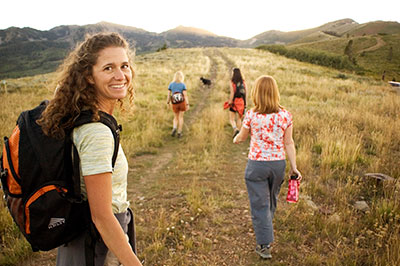
We basically work with land owners, to get permission to cross their lands,” Sturgis said. “Or we work with the conservation organizations, like Summit Lands Conservancy and Utah Open Lands to see about the possibility of building trails across land that has been purchased, and has a recreational component to the easement.”
It isn’t all easy. When talking about a planned addition to the network for next year, Charlie briefly covered a roadblock the foundation hit while planning a connection. The sale of land crucial to a new trail can make things difficult when planning new routes around town. Sturgis didn’t seem overly concerned, however.
“That project is currently slightly stalled. Land is up for sale, is changing hands. So no one is going to encumber it with an easement at this point. But we’re working with the landowners; that’s all going to get closed up. Someone is going to write a check, and we’ll be able to move ahead.”
“…But if you can go out there and just take a walk and there is no cost, and you take your dog out, and so forth, so there’s really not a good excuse for not going.”
All of the hassle of negotiating for passage isn’t what Charlie is interested in. He likes to build trails. All of the paperwork is simply formality. Charlie likes to play in the dirt. He had a lot to say on the topic, all delivered with excitement in his voice and fire in his eyes.
“From the time you have permission, of course you have to have budgets and so forth, but the big deal is actually getting out in the dirt, and actually walking it, and really establishing where you really want the trail to go. You can look at a line on a map, but its not going to tell you what you need to know when you go walk it. You walk everything. So you’re beating through the bushes, through all the scrub oak, putting little flags out there so you can see from one flag to the next, so its sort of like chasing breadcrumbs. And then you basically come back in and cut everything out of your way. You can’t just bulldoze it off.”
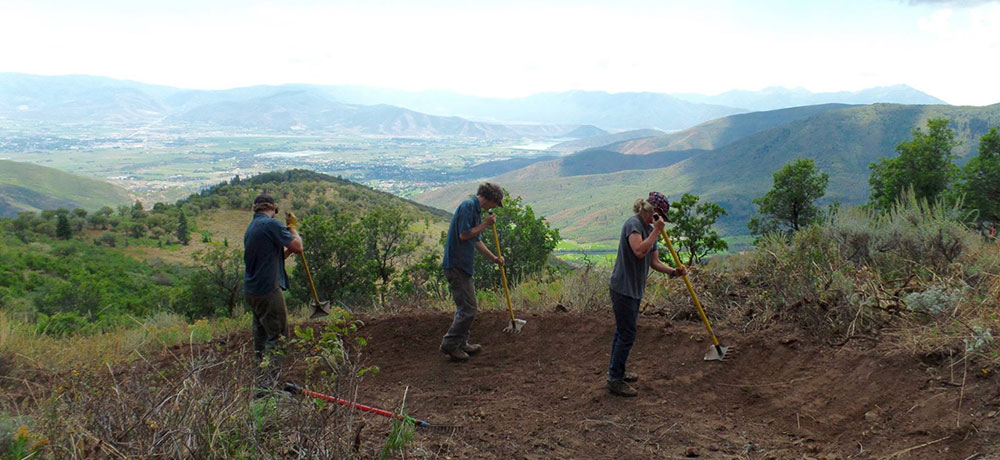
Photo Credit: Mountain Trails Foundation
There is an art and a science to the process. No big machines are involved in the process. They would wreck the trail. This is the work of human hands wielding small tools; part of a process Charlie called “grubbing out.” The trail, which started as an alteration to a topographical map, takes on a shape of its own, a purpose, and a life.
“From that point on, you really design it for what you think it is going to be. Is it going to be a downhill trail? Is it bike only? Is it an uphill trail? Most of our trails are multi-directional, multi-use. So we’re starting to build a few more things a little differently than that, you know, with some berms on it so you can have a little bit more fun on it downhill on a bike. Even a runner can have more fun on a berm versus not, right? Work with the terrain, and get the job done as fast as you can.”
That isn’t to say that all the trails around Park City were planned, designed, and carefully executed. In fact, a good portion of the core Park City trails were either illegally carved out and later legitimized, or not made by humans at all.
“It started that way, back in 1985, in an effort to find more areas to go. We started looking at the old mining trails, the ore cart paths that were put in, anything that was used, any migration path, any place the elk or deer were going through on a regular basis. Even some areas, it was agricultural. Big herds of cattle moving from one meadow to another would leave this track through the woods. We’d just keep tying them together. Keep doing that. That’s where a lot of those early trails were from. And again, no machines were used. Just hand tools, grubbing it out, and riding it in. What we refer to as the Old Town area, a lot of the hand built stuff, we refer to as the spaghetti bowl. It’s all stuff that was done by hand. A lot of it was done illegally, in one sense. It was all those mining claims. No one was really out there caring about it. They’ve been legitimized since, but all those really old trails were nothing more than grubbed out by a bunch of guys just out there in the woods, clipping stuff out of the way. And they are still fun to ride.”
The job isn’t over once the trail is finished. Maintenance occupies the majority of the Mountain Trail Foundation’s efforts. Man and nature take their toll on these winding paths, and it is up to Charlie’s brigade to make sure they stay fit for use by the thousands of feet, wheels, and hooves that traverse them every year. That maintenance is no easy feat.
“You know, a lot of our trails-it sounds funny at times, when you think about it-are really old. So they require a fair amount of maintenance. And, on some of them that have been eroded to a really high level, this year we will be doing a whole lot of rehab. So we’ll be doing complete reroutes. So we’ll be taking a bad, what we call blown-out corner, that’s blown out over the years from too much water and snow melt, and erosion from bikes and runners, we’ll go back and now start redoing those corners, and try making them a bit more sustainable than maybe the original build.
“We certainly know if we did something they didn’t like. Sometimes, when you go fix a trail, a person might think, ‘that was my technical challenge, and they eliminated it.’ They say, ‘you know, I didn’t really like that change.’ But they’ve been riding for 40 years and are used to this older style, but someone who is newer in town might appreciate stuff that is a little more buffed, is a little easier and safer. Most of our goal in rehab is to put the trail back to the character in which it was originally built. It isn’t to try and alter the nature of the original trail, but to try and go back to 25 years ago and say, ‘this was the intent of the trail building at the time, and this is where we think we should be with it.'”
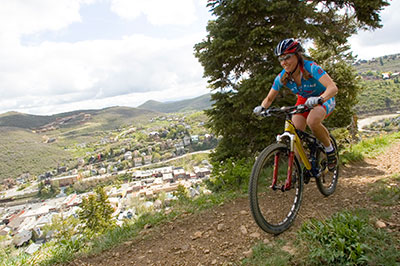
As it turns out, the actual rehabilitation of the terrain isn’t as hard as selling the changes to locals, who can be very vocal about their trail preferences.
“The biggest challenge with rehab is just getting people used to the idea that this is going to be changed, and that, ultimately, this is ultimately going to be for the better, and that the new trail too should last another last 25 years. A lot of people don’t realize that a lot of the trails are as old as they are, and that they get ridden as hard as they do and used as much as they do. All those things affect the age of the trail. It is just getting people to know that, you know, we’re not really trying to change things.”
When it comes to communication, Sturgis has an upbeat, optimistic message he wants to send to the community. His mission is about more than just lines of dirt all over the mountains. He calls it PLC, and it drives his work with the Mountain Trails Foundation.
“We create Positive Lifestyle Choices. We create access so that you can go out and do something healthy. And all those things add up to a healthier community and a healthier environment. All those opportunities out here, tons of trailheads, like we’ve talked about, in every neighborhood. You don’t have a really good excuse for not really getting out, or your dog, or just taking that casual after-work walk. All those things are healthy. They are just the things that we should do. We make that real easy to have that happen here.”
One of the triumphs of the foundation is the accessibility and ease that Park City enjoys when it comes to trail access.
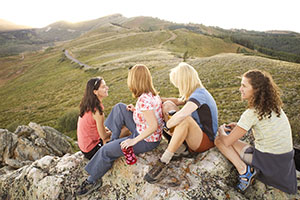
“Everything is free to the public. So there is no financial barrier. It isn’t like skiing. It’s not like you have to buy a bike. There are a lot of sports that are really expensive to participate in. But if you can go out there and just take a walk and there is no cost, and you take your dog out, and so forth, so there’s really not a good excuse for not going.”
Charlie paints a vivid picture of the benefits of an active and widespread trail system. He’s proud of what Park City has accomplished, and wishes that more cities would get involved.
“I truly believe that, when most municipalities look at trail building they think about it as an expense, but they ultimately ought to think about it as an investment, not because you’ve maybe changed the value of homes and whatnot, but, ultimately, if you can reduce the healthcare costs of a community and all the things that go with it like absenteeism from work. All these things add up. There is a significant return on investment when you build areas where people can recreate.”
In the end, he makes it all sound like a lot of fun.
“It’s fun to talk about work, I’m psyched; my staff is psyched about what we do. We’re proud to be doing it for almost 25 years now. It’s fun, and you can see all the impact and all the success out there. It’s pretty cool to look at. You don’t have to look very far out here to find a trail.”
When asked what he wants to do about the organization’s 25 year anniversary, he isn’t quite sure yet.
“Well, we’re always a little behind the eight ball, but we’re thinking about it already. But we don’t really, you know, but we’re talking about some things. But, major plans? I don’t know yet. We’ll have to see. Giant party?”
Sounds good. Count us in. Until then, we’ll see you on the trails.
Related Articles
Things to Do During Park City’s Mud Season
Our Picks for Mountain Bike Rentals Park City
Deer Valley Ski Resort, Park City, Utah: An Overview
Park City Spring Break
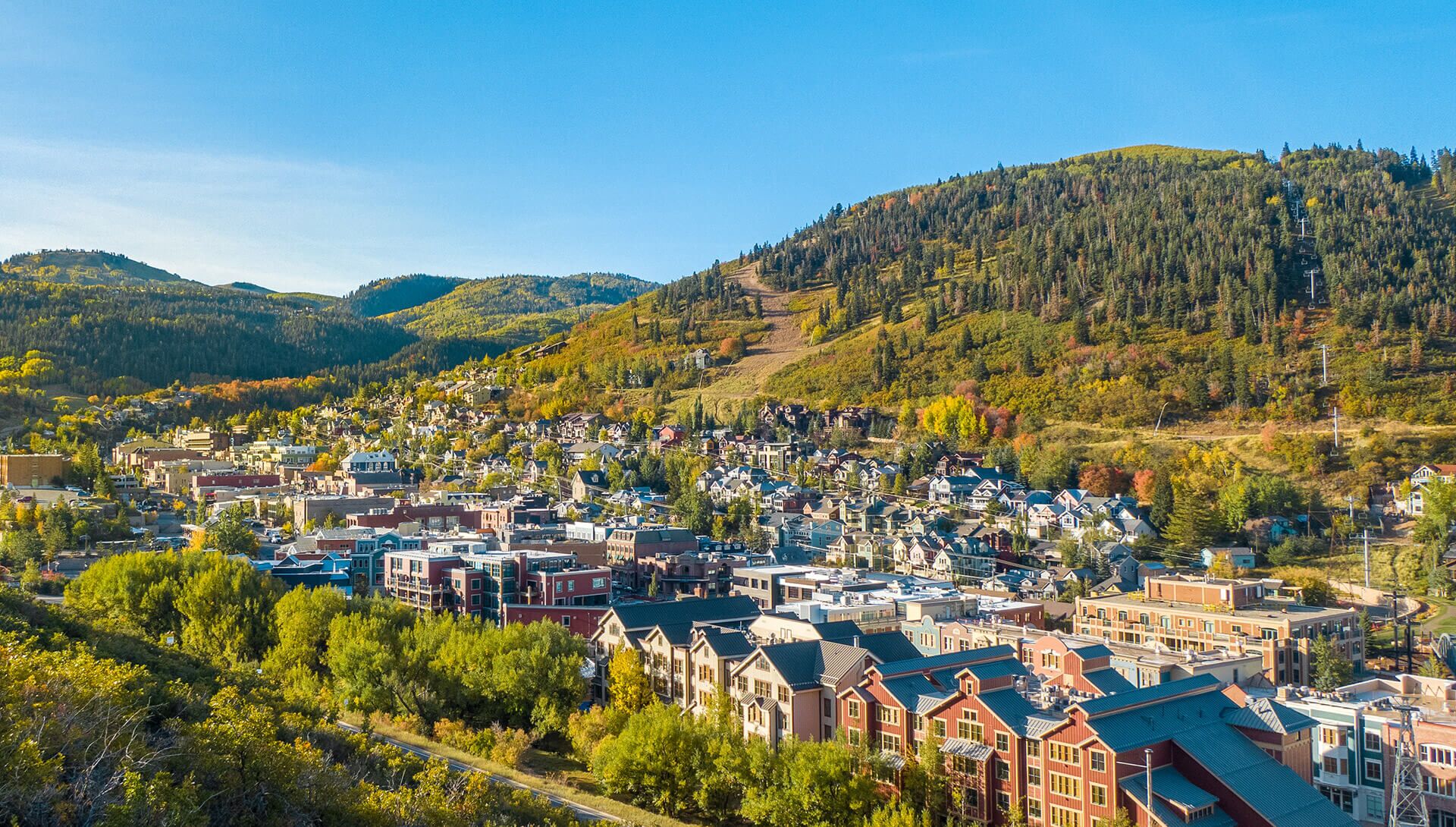

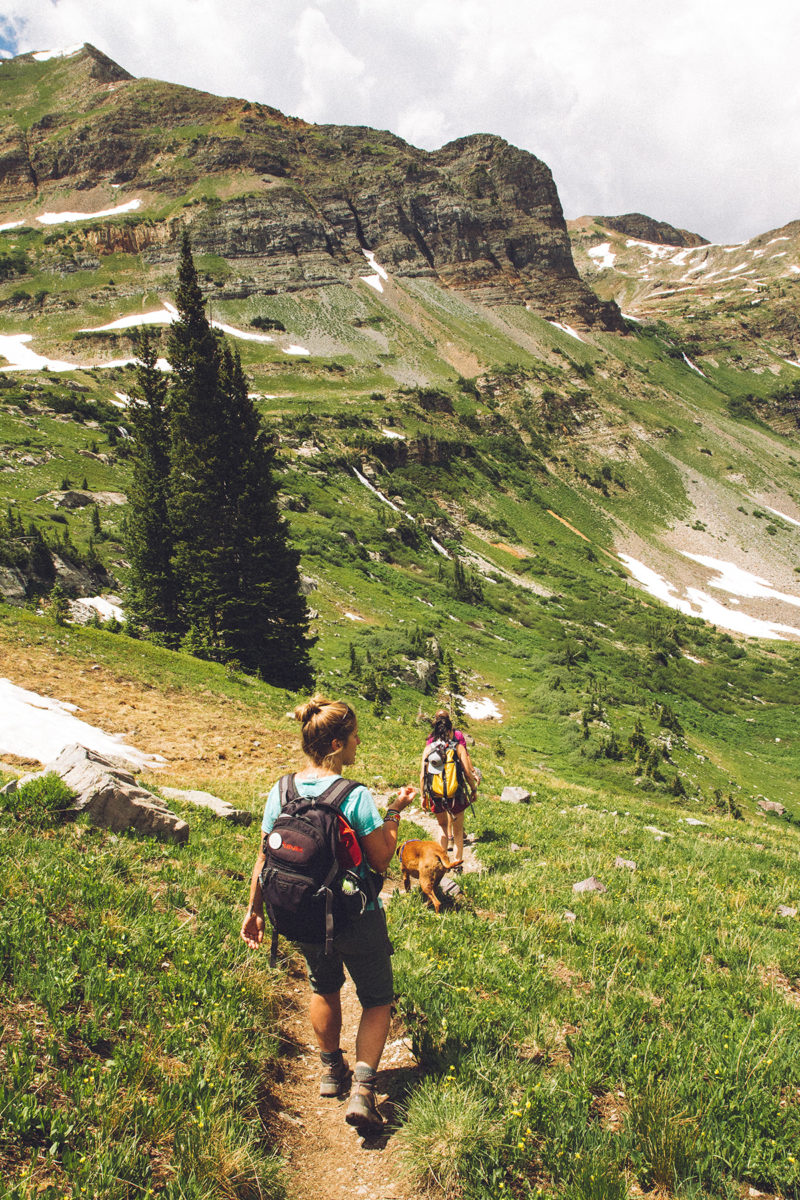
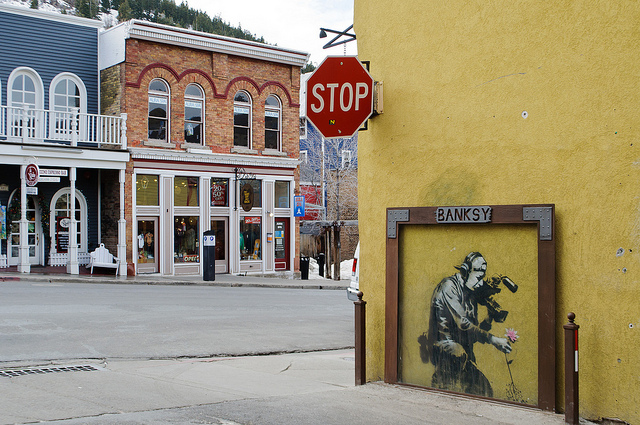
![Your Guide To Park City Mountain Lift Tickets [2024-2025] Your Guide To Park City Mountain Lift Tickets [2024-2025]](https://www.allseasonsresortlodging.com/wp-content/uploads/2023/09/ski-slope-from-lift_1024x1440-1.jpg)
